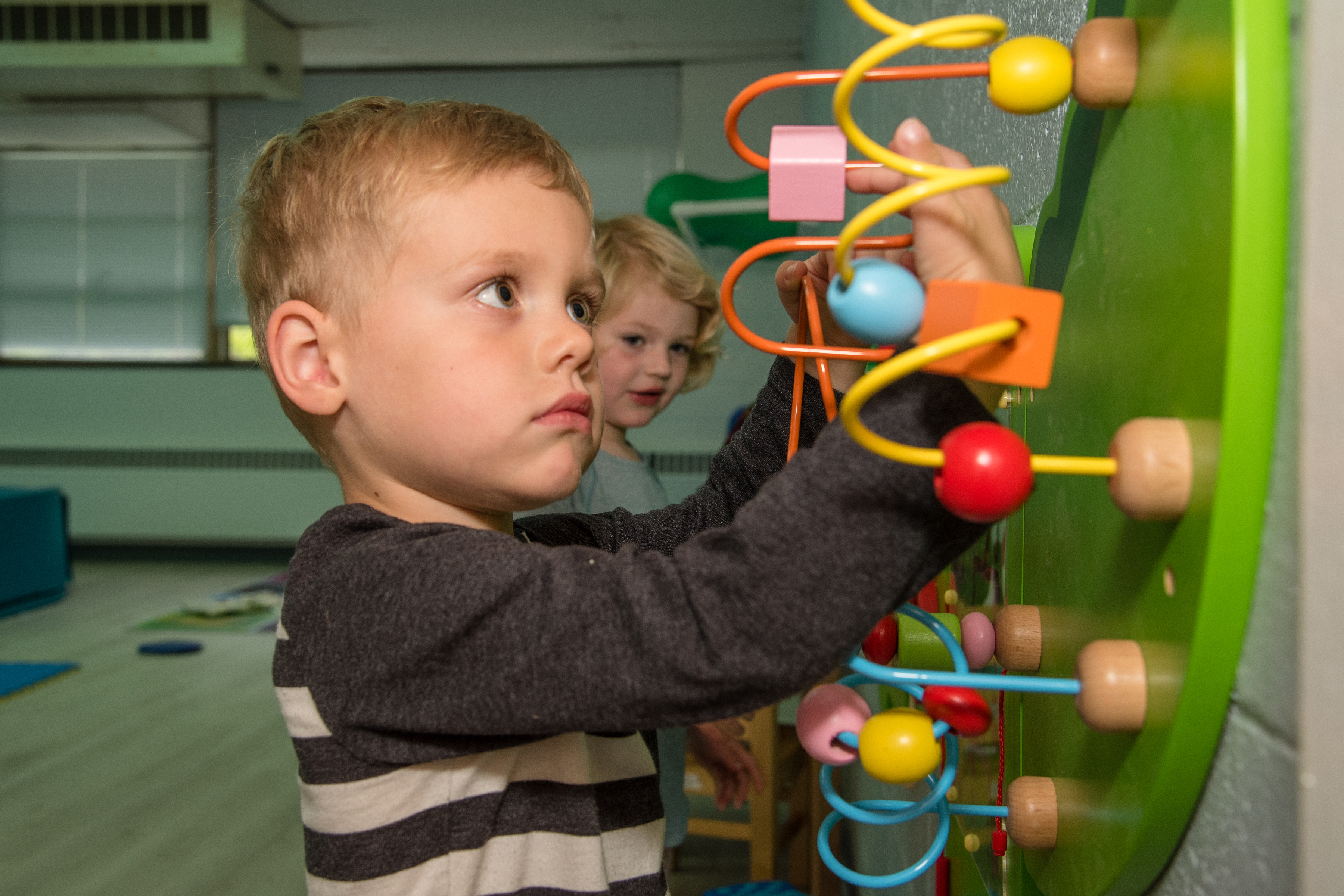CISNCAP steps in where the need is greatest, working in ten schools where the majority of students are from historically underserved neighborhoods. With a focus on addressing chronic absenteeism to disrupt cycles of poverty and community violence, it brings resources into schools so that students can meet their physical, psychological, and social needs first. Regular field trips, family events, food markets, and college fairs foster a positive school climate while after-school tutoring, mentorship programs, leadership development, and career training provide students with a strong support network, Site coordinators work individually with those in need of extra attention, developing comprehensive drop-out prevention plans, coordinating with school staff, families, and community partners to fully support the “ABCs” of attendance, behavior, and coursework. CISNCAP engages 4,000+ students annually in the ways they need and deserve.
Headquarters: DC-Ward 2
Where They Operate: DC-Ward 1; DC-Ward 5; DC-Ward 7; DC-Ward 8
Age Groups Served: Pre-K (3-4); Youth (5-11); Pre-teen/teen (12-17)
Population(s) Served: Low- to Moderate-Income Community Members; Men/Boys; Women/Girls; Students; Immigrants/Refugees; Low- to Moderate-Income Community Members
Schools They Work In: Cardozo Education Campus; Moten Elementary School; King Elementary School; Hart Middle School; Johnson Middle School; JO Wilson Elementary School; Stuart Hobson Middle School
- Number of children we prepare for success in school annually:
3,300 - High school graduation rate (or GED completion rate) of your students:
86% - Percent of case-managed students that were promoted:
96% - Percent of case-managed students that improved attendance:
85% - Number of volunteers who work with us annually:
152
Awards & Recognition
2008-09 Catalogue for Philanthropy: Greater Washington
Guidestar Platinum
Press
- Dropout-Prevention Program Sees to The Basics of Life
Mon Dec 10 2007
Andrill Harris, dropout prevention coordinator at the Patricia R. Harris Education Center, knew what to do. She set up a food-bank delivery. For another parent in a tight spot, Harris found subsidized housing. The two families had a total of five children at the school. All, with help from Harris, were spared at least some of the stress that makes it hard for some inner-city students to concentrate on reading and math, hard even to stay in school.
Budget (FY2023)
- $3 million or higher
- The current budget for Communities in Schools of the Nation's Capital is: $1 million to $3 million
- $500k to $1 million
- Less than $500k
Catalogue charities range in size from $100,000 to
About Spur Local
Every year, 190+ local nonprofits (with budgets under $4M) apply to join the Spur Local network. 170+ community volunteers assess these applications for impact. 100% of organizations are site visited and financially reviewed. Finally, 76+ critical, local nonprofits are selected for inclusion in Spur Local's annual print and digital catalog, and enter a four-year partnership with us. Since 2003, we have raised over $65 million for nonprofits across the Greater Washington region. We charge no fees and raise funds separately to support our work.
Spur Local looks to friends like you to keep our services independent and entirely free of charge. Consider a small contribution to Spur Local to cap off your gift and help the causes you care about get the full support they deserve!




















